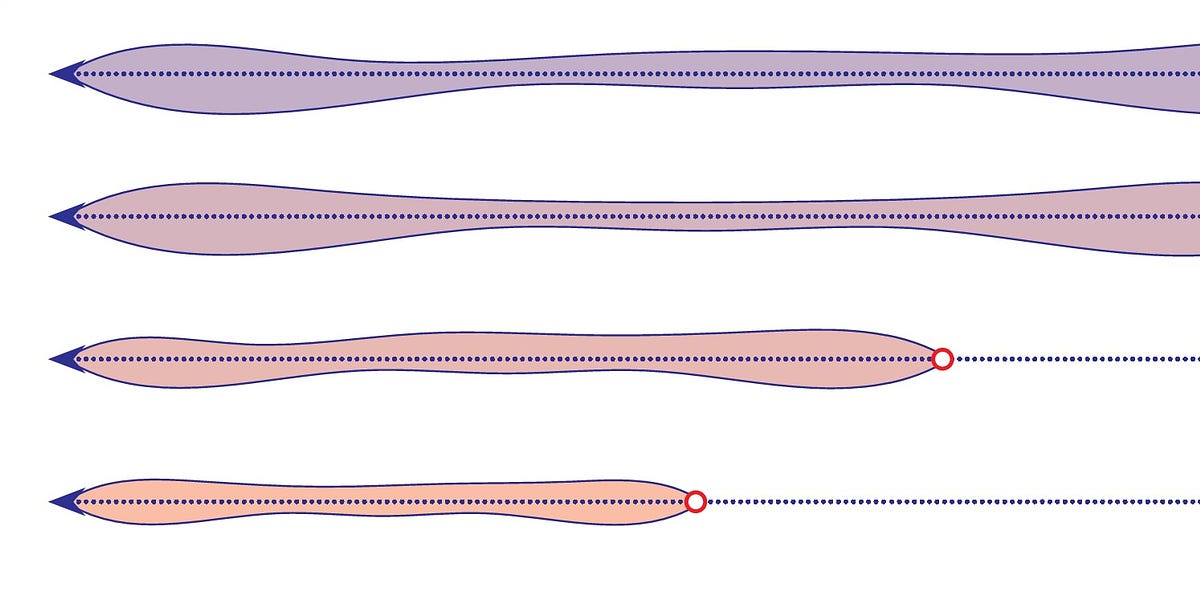What are the real numbers, really?

🌈 Abstract
The article discusses the nature and conceptualization of real numbers, exploring different perspectives and approaches to defining the real number system. It covers topics such as Dedekind cuts, Cauchy sequences, the geometric continuum view, and the categoricity of the real numbers. The article also touches on the foundational issues surrounding the characterization of the real number line.
🙋 Q&A
[01] What are Dedekind cuts and how do they define the real numbers?
- Dedekind observed that every real number "cuts" the line into two classes, with every point in the first class lying to the left of every point in the second class.
- Dedekind proposed that we can "create" irrational numbers in thought to fill the gaps or "holes" in the rational number line, using the principle of Dedekind cuts.
- Russell constructed the real numbers as the set of all Dedekind cuts, proving that this forms a Dedekind-complete ordered field.
[02] What is the Cauchy sequence approach to defining the real numbers?
- Cauchy's idea was that every real number is the limit of a sequence of rational numbers converging to it.
- The continuity of the real numbers is expressed by Cauchy completeness, the property that every Cauchy sequence converges to a limiting real number.
- The real numbers can be formed as the collection of equivalence classes of Cauchy sequences of rational numbers.
[03] What are the issues with the geometric continuum view of real numbers?
- The classical number line conception views a real number as a point on the number line, specified by an origin and a unit length.
- One problem is that it becomes unclear how to conceptualize expressions mixing quantities of different dimensions, like adding a length to an area or volume.
- Another issue is that one wants to express the idea that the geometric continuum itself is continuous, which Dedekind's cuts aim to capture.
[04] How does the categoricity of the real numbers characterize their structure?
- Hilbert identified the essential properties of the real numbers as a maximal Archimedean ordered field.
- Huntington's theorem shows that all complete ordered fields are isomorphic, characterizing the real numbers up to isomorphism.
- This structural view asserts that the only mathematically relevant property of the real numbers is that they constitute a complete ordered field, without needing to pick a particular "official" copy.
[05] How do the order properties of the real number line provide an alternative characterization?
- Viewing the real number line ⟨ℝ, <⟩ with only the order structure, it is characterized as an endless, complete, dense linear order with a countable dense subset (the rationals).
- This order-theoretic characterization is enough to determine the real number line up to isomorphism, without relying on its algebraic properties as an ordered field.
- A subtle foundational issue arises when weakening the countable dense subset requirement to the countable chain condition, leading to Suslin's hypothesis and the independence phenomenon.
Shared by Daniel Chen ·
© 2024 NewMotor Inc.